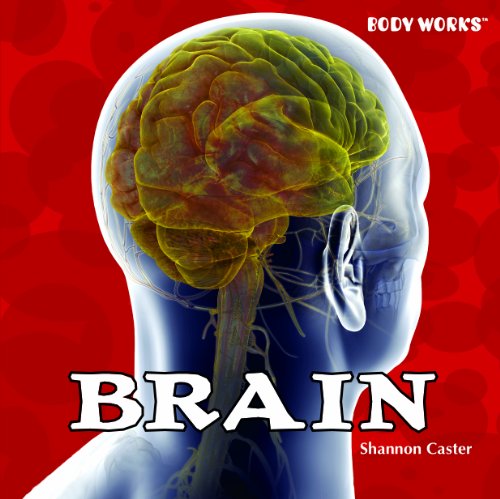-
The Cardiovascular System
Simon Rose
Paperback (Av2 by Weigl, Aug. 15, 2014)The Cardiovascular System is part of the How the Human Body Works series. U
U
-
The Immune System
Gregory Stewart, M.D. Denton A. Cooley
Library Binding (Chelsea House Pub, Aug. 1, 2003)Examines the workings of a complex structure, the body's defense against disease and infection. T
T
-
My Itchy Body
Liza Fromer, Francine Gerstein M.D., Joe Weissmann
Hardcover (Tundra Books, Aug. 14, 2012)A new book in the BODY WORKS series - straightforward body facts paired with very silly illustrations - for children aged 6 to 9. Ideal for both home and school use. My Itchy Body is a fact-filled book about everything that itches: the causes, the cures, the myths, and the reality. Medically accurate information is presented in fun and lively text, and illustrated with a comic touch. Includes fun facts and sidebars, and a glossary. X
X
-
Human Development
Ted Zerucha, Denton A Cooley M.D.
Hardcover (Chelsea House Publications, Aug. 1, 2009)Each step in a human's development - from the creation of the brain and heart to the formation of the fingers and toes - is carefully regulated. This title discusses how the study of model organisms has aided our understanding of a human's creation and what happens when something is altered during the normal course of events.
-
What Happens When You Use Your Senses?
Jacqui Bailey
Paperback (PowerKids Press, Sept. 1, 2008)Discusses how the senses work and how to make sure that they do not get damaged. M
M
-
Fighting Illness and Injury: The Immune System
Thomas Canavan
Library Binding (Powerkids Pr, Aug. 1, 2015)Germs are always present in our bodies. However, a healthy immune system keeps them at bay and fights off illnesses that do grow in our bodies. Perhaps the most important body system, the immune system helps heal cuts and bruises and also allows the body to recover from surgery and other trauma. The main content describes the processes of the immune system through examples easily related to readers own bodies. Full-color diagrams and photographs aid understanding as fascinating sidebars and frequently asked questions discuss some of the coolest details of this system, such as fighting infection and how broken bones heal. R
R
-
What Happens When You Eat?
Jacqui Bailey
Paperback (Rosen Pub Group, Sept. 1, 2008)Presents information about eating, discussing how food gets from the mouth to the rest of the body and the importance of a balanced diet. M
M
-
Getting Energy
Philip Morgan
Library Binding (Amicus, Jan. 1, 2011)"Discusses the different ways the body produces energy"--Provided by publisher. R
R
-
Brain
Shannon Caster
Paperback (Powerkids Pr, Jan. 15, 2010)You dont need to be a neuroscientist to know that this book is a must-have. Our body systems are pretty amazing, but nothing quite tops the brain. The brain runs the show, and sets us apart from all other creatures. Readers will be entranced to learn how the brain makes the bodys different systems work together smoothly. Diagrams, photographs, and straightforward text tell the tale in an accessible and memorable mode. K
K
-
Sensing the World: The Nervous System
Thomas Canavan
Library Binding (Powerkids Pr, Aug. 1, 2015)The brain is the most important organ in the body, but theres so much scientists still dont know about it. Its main connection is to the nervous system, which helps it tell the rest of the body what to do. These complex processes are broken down in an understandable, relatable way for readers in this volume. Aided by detailed graphic organizers, the main content introduces the structures of a nerve cell, how the eyes work, and many other incredible functions of the nervous system. Entertaining sidebars and a section of frequently asked questions connects the curriculum content to readers lives. R
R

